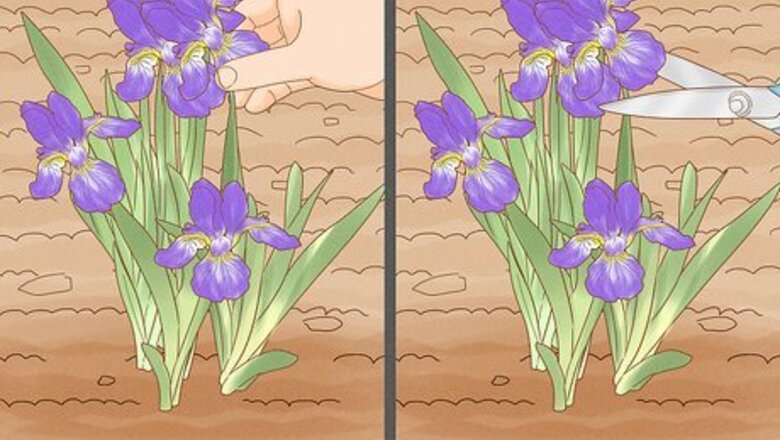
views
X
Research source
‘Deadheading’ means removing the spent or withered flower heads from a flowering plant after the blooms are past their best. Deadheading prevents the plant from making seeds after the bloom has faded.
Deadheading Your Iris
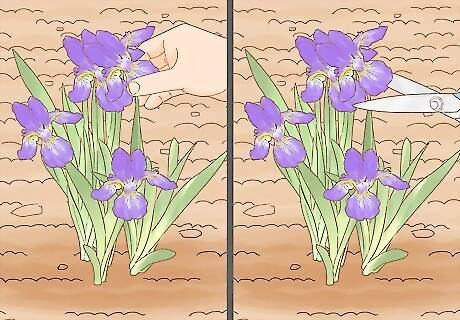
Use your fingers or scissors to deadhead your Iris. Try to remove the flowers just as they begin to wilt or fade as doing this prevents them from growing seed pods. To deadhead an Iris bloom, either use your fingers or take a clean sharp pair of scissors and snip or pinch off the single bloom just behind the flowerhead. It’s important to remove not only the shriveled petals but also the green swollen sheath it emerges from, as this is the part that will eventually develop into a seedhead.
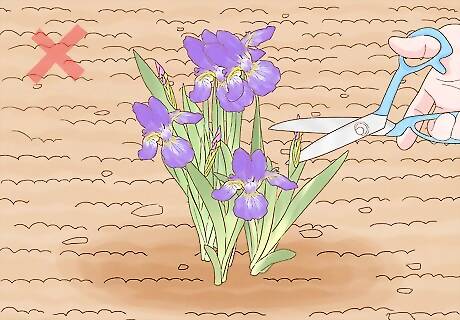
Avoid cutting blooms that have not opened yet. Try to avoid accidentally removing any remaining flowers as there may be other blooms on the stem yet to open. Try to get into the habit of checking you plant twice a week or so during the flowering season. Some varieties of Iris (such as African Iris) have blooms which last only for one day but the plant will quickly grow new ones.

Remove the stems after any possibility of flowering is over. Some Iris varieties (such as the bearded Iris) will often flower twice, once in early summer and once in late summer. Once all the blooms on a flower stem are gone and you don’t expect any more, you can then remove the flower stem from the plant. Removing the flower stem helps prevent rot. To do this: Take a sharp blade such as a pair of garden sheers. The stem will be quite woody in many iris varieties. Snip the stem off at the base near the ground about an inch above the rhizome. This stem can then be composted.
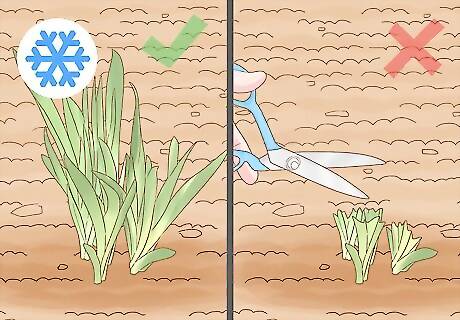
Leave the foliage on your plant. It’s very important to leave the foliage on the plant after the flowering ends, so don’t be tempted to cut the plant back just yet. The Iris will use the foliage to draw energy into its roots to help it survive the winter. Leave the foliage on the plant until it withers away of its own accord. It’s okay to trim off any brown tips but leave as much healthy green growth as possible. In the fall, once the foliage is withering away, you can cut back the foliage to about 6 inches (15.2 cm) from the ground.
Understanding Deadheading
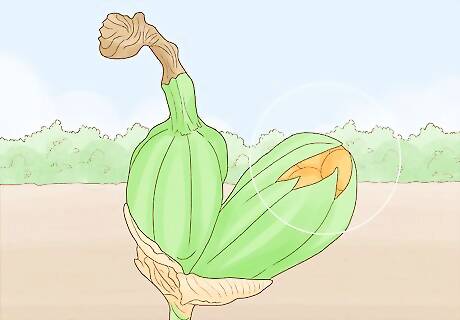
Know that seed production may keep your plant from producing more flowers. Seed production takes your plant's energies away from flower production, so removing the dead flowers at their swollen base prevents seeds from being formed at that site. The plant then often goes on to produce more blooms than it would otherwise have done. In the case of some varieties of Iris, you may get a second flush of blooms if you deadhead your plants.
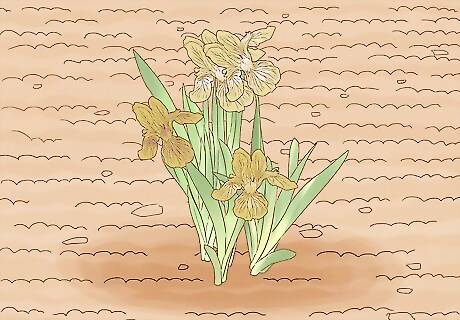
Keep your flower’s appearance in mind. Deadheading also improves the plant’s appearance so that ongoing flower production can be enjoyed. Removing withered brown flowers also improves the plant’s appearance even if it doesn’t produce further flowers. This is especially true of Iris plants, as the dead flowers turn brown very quickly and detract from other flowers.

Understand that seed production can lead to more irises growing in your garden. Some plants need to be deadheaded to prevent the plant from self-seeding throughout your garden. Plants such as poppy and ox eye daisy tend to spread themselves by seeding the surrounding area of ground and this may become a nuisance. Some Iris varieties such as the African Iris (Dietes bicolor) are likely to self seed in your garden. Deadheading these and other plants will stop this from happening and contain the spread of plants in your garden.
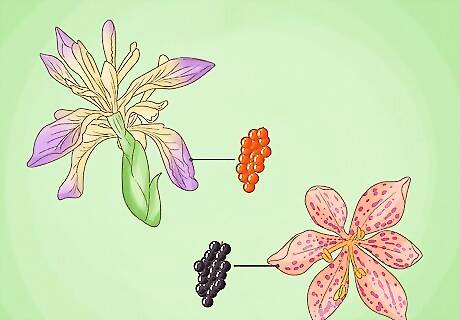
Consider keeping attractive seed heads if you don't want to deadhead your plants. Some Irises have attractive seedheads so you may wish to avoid deadheading in order to enjoy the seedhead display once the flowers are finished. These varieties include Stinking iris (Iris foetidissima) and Blackberry lily (Belamcanda), both of which produce attractive visible seeds after flowering.
Ongoing Iris Care
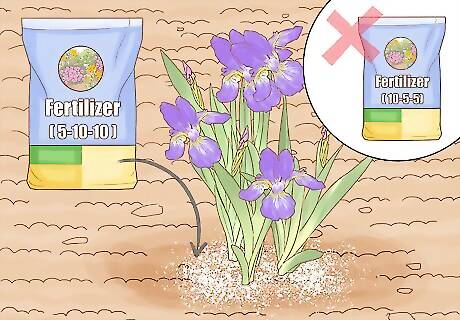
Feed your Iris. Irises will benefit from a feed in the early spring. Try to use a fertilizer that is relatively low in nitrogen relative to potash (potassium) and phosphorus. High nitrogen fertilizers are thought to promote rot in Iris rhizomes.

Steer clear of putting mulch directly on your plant’s rhizome. Avoid mulching on top of your Irises’ rhizomes to avoid rot. A rhizome is a horizontal stem that grows out from the center of the plant. You can put a shallow mulch that is roughly two inches in depth around the plant, but you should make sure that the mulch doesn’t cover the rhizomes and the center of the plant. Avoid using manure, even at planting time.
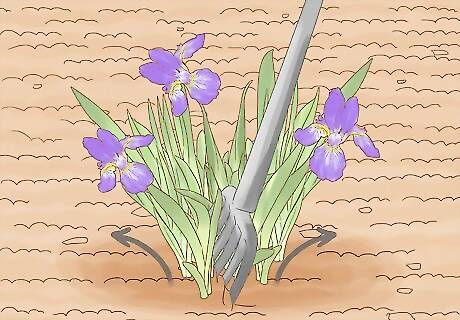
Consider dividing your rhizome. It can take quite a while to germinate Iris seed so you may have better results and faster ones by dividing the rhizome. Dividing the rhizome every few years also helps maintain the plant’s performance. This should be done about 6 weeks after flowering. It’s fine to deadhead your Iris plant thoroughly if you are planning to divide it.
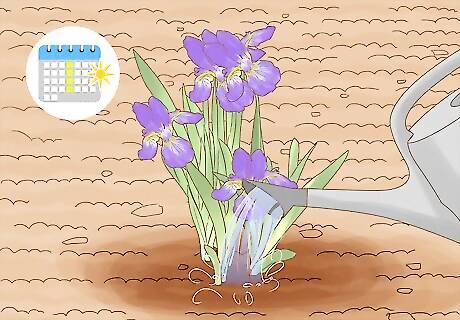
Give your Iris the water it needs. Irises don’t tend to need a lot of watering but you may like to water your plants occasionally during dry weather. Try to give your plant a good amount of water once a week rather than giving the plant a small amount of water more frequently. Avoid over-watering as this makes the rhizome prone to rot. It’s especially important to water over the summer if you have a variety that will rebloom the same year. Varieties that only flower in the spring don’t need as much summer attention.
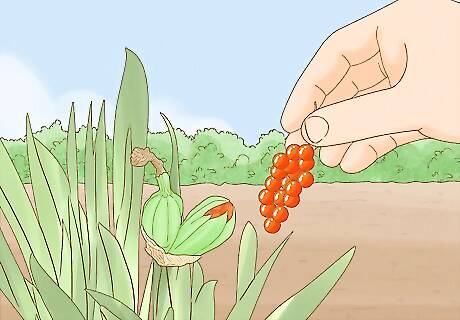
Collect seeds from your Iris if you don't deadhead your plants. If you want to get seeds from your Iris, limit your deadheading and let at least one flowerhead remain after flowering so that the seedhead develops there. Bear in mind the resulting plants will vary in appearance and won’t necessarily be like the parent plant.
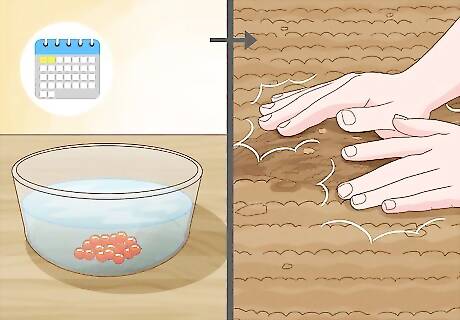
Help your seeds to grow. Growing Iris from seed usually involves soaking them for at least 2 days beforehand. Many gardeners pre-chill the seeds by storing them in the fridge beforehand.




















Comments
0 comment